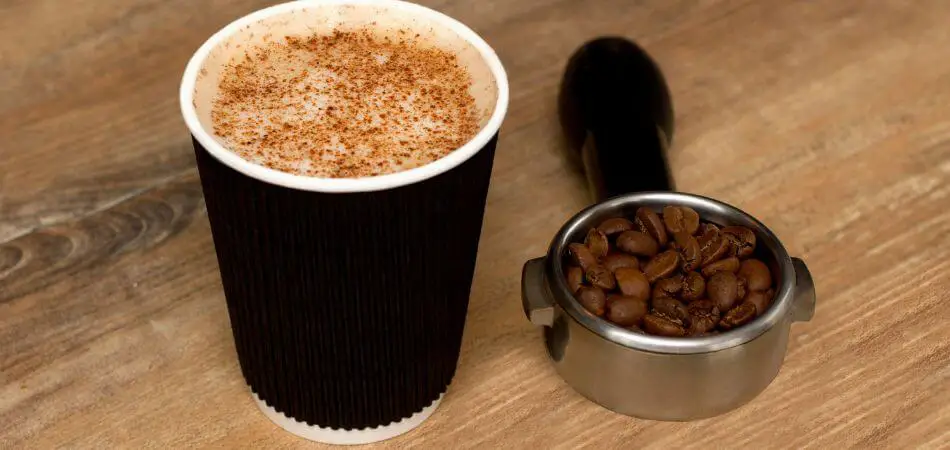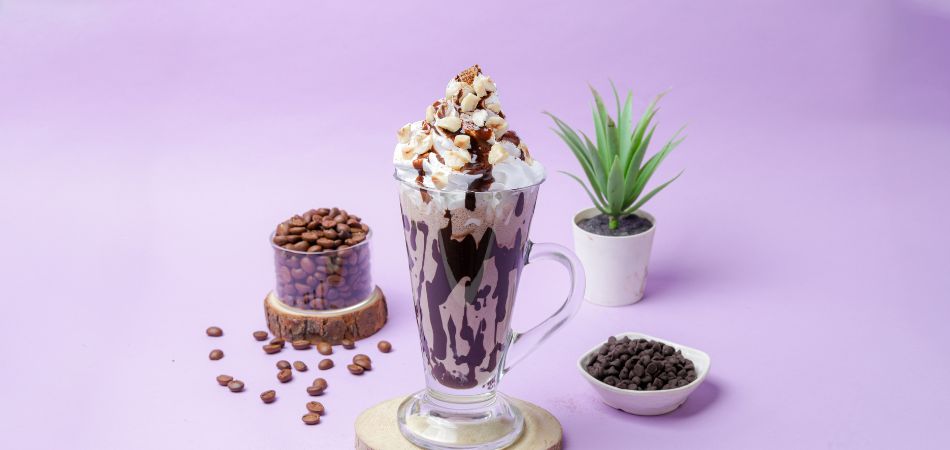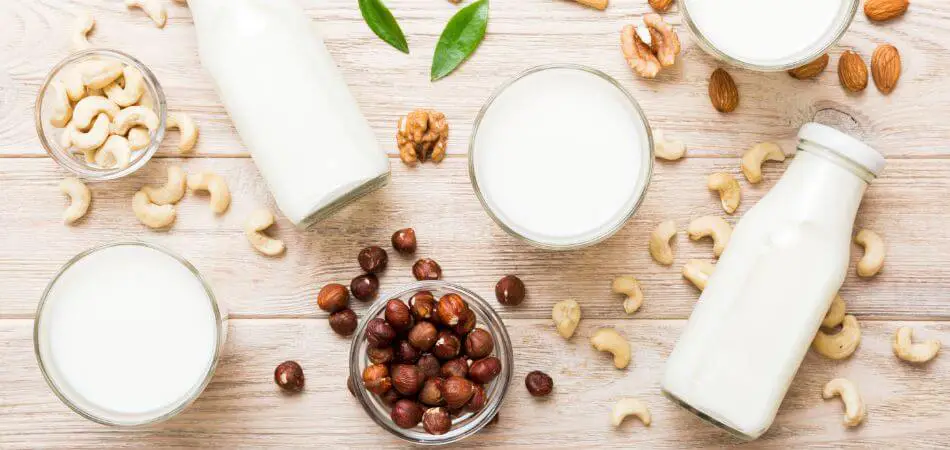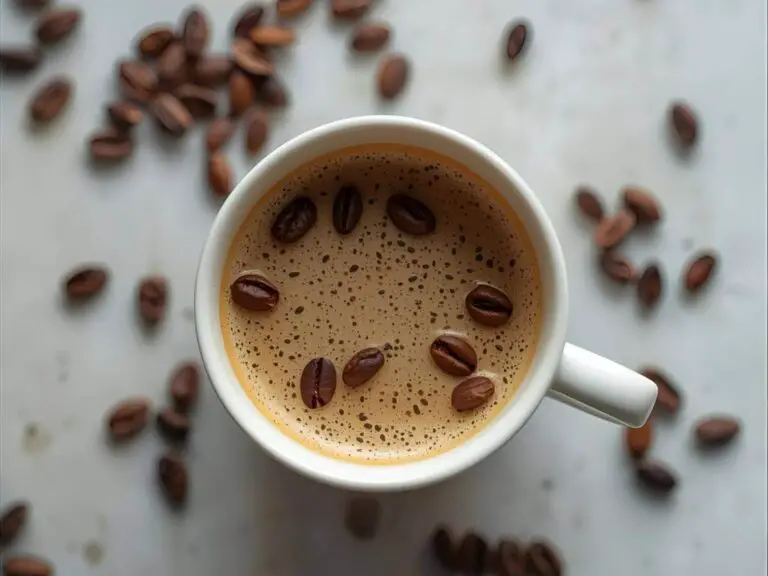25 Popular Types of Coffee Drinks: A Complete Guide
Do you ever walk into a coffee shop, stare at the menu, and wonder—what’s the difference between a latte and a cappuccino? Or maybe you’ve heard of trendy drinks like Nitro Cold Brew or Dalgona Coffee but aren’t sure what they are.
You’re not alone!
Coffee is one of the most beloved beverages worldwide, with countless variations to suit every taste—whether you love it strong, creamy, iced, or even spiked. In this guide, we’ll explore 25 popular types of coffee drinks, breaking down what makes each one unique, how they’re made, and when to enjoy them.
By the end, you’ll:
✔ Know exactly what to order at any café.
✔ Discover new favorites beyond your usual go-to.
✔ Learn fun facts about global coffee traditions.
Ready to become a coffee expert? Let’s dive in!

Espresso-Based Drinks (The Classics)
Espresso is the heart of most coffee drinks—a concentrated shot brewed by forcing hot water through finely-ground beans. Here are the most popular espresso-based drinks:
1. Espresso
- What it is: A 1-ounce shot of pure, strong coffee.
- Taste: Bold, intense, slightly bitter.
- Best for: A quick caffeine boost.
- Fun Fact: The word espresso means “pressed out” in Italian.
2. Doppio (Double Espresso)
- What it is: Two espresso shots in one cup.
- Taste: Extra strong, perfect for hardcore coffee lovers.
- Best for: When you need a serious energy kick.
3. Americano
- What it is: Espresso + hot water (similar to black coffee but smoother).
- Taste: Less intense than espresso, more balanced.
- Origin Story: Created during WWII when American soldiers diluted espresso to mimic drip coffee.
4. Macchiato (Espresso Macchiato)
- What it is: Espresso “stained” with a dollop of milk foam.
- Taste: Strong but slightly softened by milk.
- Pro Tip: Don’t confuse it with a latte macchiato (which has more milk).
5. Cortado
- What it is: Equal parts espresso + steamed milk (less foam than a cappuccino).
- Taste: Smooth, balanced, slightly sweet.
- Best for: Those who find espresso too harsh.
6. Flat White
- What it is: Espresso + velvety microfoam (similar to a latte but stronger).
- Taste: Creamy, rich, with a bold coffee flavor.
- Origin: Debated between Australia and New Zealand!
7. Cappuccino
- What it is: Espresso + equal parts steamed milk + foam.
- Taste: Light, airy, with a frothy texture.
- Fun Fact: Named after Capuchin monks’ brown robes.
8. Latte (Caffè Latte)
- What it is: Espresso + lots of steamed milk + thin foam.
- Taste: Mild, creamy, slightly sweet.
- Best for: Beginners who want a gentle coffee intro.
9. Mocha (Mochaccino)
- What it is: Latte + chocolate syrup (sometimes whipped cream).
- Taste: Sweet, dessert-like, perfect for chocolate lovers.
- Variation: White Mocha uses white chocolate instead.
10. Breve
- What it is: Espresso + steamed half-and-half (instead of milk).
- Taste: Extra creamy, rich, almost buttery.
- Best for: Indulgent mornings.
Espresso Drinks Comparison Table
| Drink | Espresso | Milk | Foam | Strength | Best For |
|---|---|---|---|---|---|
| Espresso | 1 oz | None | None | Very Strong | Quick caffeine hit |
| Americano | 1-2 oz | None | None | Medium | Black coffee lovers |
| Cappuccino | 1-2 oz | Yes | Yes | Medium | Frothy texture fans |
| Latte | 1-2 oz | Lots | Thin | Mild | Creamy, smooth drinkers |
| Flat White | 2 oz | Yes | Microfoam | Strong | Bold but velvety lovers |

Milk & Cream-Based Coffees
If you love creamy, smooth coffee, these drinks are for you!
11. Café au Lait
- What it is: Strong brewed coffee + steamed milk (French-style).
- Taste: Similar to a latte but made with drip coffee instead of espresso.
12. Piccolo Latte
- What it is: A mini latte with a single ristretto shot (stronger flavor).
- Best for: When you want a small but rich coffee.
Iced & Cold Coffee Drinks (Cool, Crisp & Refreshing)
When temperatures rise or you need a chilled caffeine fix, these cold coffee drinks deliver bold flavor without the heat. From slow-steeped cold brews to Instagram-worthy frappés, let’s explore the most popular iced coffee varieties.
15. Iced Coffee
- What it is: Regularly brewed coffee poured over ice
- Taste: Light, refreshing, slightly diluted as ice melts
- Pro Tip: Brew coffee double-strength to prevent watering down
- Best For: A simple, no-fuss cold caffeine kick
“Iced coffee is like the reliable friend who’s always there when you need them – straightforward and satisfying.”
16. Cold Brew
- What it is: Coarse-ground coffee steeped in cold water for 12-24 hours
- Taste: Smooth, sweet, 67% less acidic than hot coffee
- Caffeine Content: Higher than regular iced coffee (but less bitter)
- Fun Fact: Cold brew was popularized by Japanese Kyoto-style drip towers
Cold Brew vs Iced Coffee
| Feature | Cold Brew | Iced Coffee |
|---|---|---|
| Brew Method | Steeped 12-24 hrs | Hot brewed then cooled |
| Acidity | Very low | Medium |
| Caffeine | Higher | Standard |
| Flavor Notes | Chocolatey, smooth | Bright, familiar |
17. Nitro Cold Brew
- What it is: Cold brew infused with nitrogen gas
- Texture: Creamy, velvety, with a foamy head like beer
- Serving Style: Typically poured from a tap
- Why It’s Special: Nitrogen creates tiny bubbles for a naturally sweet taste
18. Frappé
- What it is: Blended iced coffee with milk/sweeteners
- Origin: Accidentally invented in Greece in 1957
- Starbucks Version: Frappuccino® (trademarked)
- Customization Ideas: Add flavored syrups, whipped cream, or protein powder
19. Affogato
- What it is: Dessert drink with espresso poured over vanilla gelato
- Taste Experience: Hot & cold, bitter & sweet
- Perfect For: After-dinner treat or afternoon pick-me-up
- Pro Tip: Use high-quality gelato for best results
Cold Coffee Hack: Freeze coffee ice cubes to prevent dilution!

Strong & Bold Brews (For the Hardcore Coffee Lovers)
When “regular” coffee just won’t cut it, these high-octane drinks deliver maximum flavor and caffeine. Proceed with caution – these aren’t for the faint of heart!
20. Red Eye
- What it is: Drip coffee + 1 shot of espresso
- Nickname: “Shot in the Dark”
- Caffeine: About 300mg (vs 95mg in regular coffee)
- Best Time to Drink: Those brutal Monday mornings
21. Black Eye
- What it is: Drip coffee + 2 shots of espresso
- Nickname: “Dead Eye” or “Hammerhead”
- Caffeine: Approximately 400mg
- Warning: May cause superhuman productivity (or jitters)
22. Turkish Coffee
- What it is: Finely ground coffee boiled in a cezve (special pot)
- Serving Style: Unfiltered, with grounds settling at the bottom
- Cultural Tradition: Often served with Turkish delight
- Fun Fact: Included in UNESCO’s Intangible Cultural Heritage list
How to Drink Turkish Coffee Like a Local
- Let grounds settle for 1 minute after pouring
- Sip slowly – don’t disturb the sludge at the bottom
- Read your fortune in the leftover grounds (a traditional practice)

Unique & Regional Specialties (Global Coffee Adventures)
Prepare your taste buds for a world tour! These extraordinary coffee drinks showcase how different cultures have put their unique spin on our favorite bean. From spiked Irish coffee to whipped Dalgona, these specialties prove coffee is truly a universal language.
24. Irish Coffee
- What it is: Hot coffee + Irish whiskey + brown sugar + cream float
- Origin Story: Created in 1943 to warm up stranded airplane passengers
- Key Technique: Layer cream over the back of a spoon to float it
- Perfect For: Cozy winter evenings or St. Patrick’s Day
How to Make the Perfect Irish Coffee:
- Preheat glass with hot water
- Add 1 tsp brown sugar
- Pour in 1.5 oz Irish whiskey
- Fill 3/4 with strong hot coffee
- Gently float 1 oz heavy cream on top
25. Dalgona Coffee
- What it is: Whipped instant coffee + milk (viral TikTok sensation)
- Origin: Inspired by Korean dalgona candy (hence the name)
- Prep Time: 5 minutes of vigorous whipping
- Why It Went Viral: Visually stunning, fun to make at home
Dalgona Coffee Recipe (Serves 1):
Ingredients:
- 2 tbsp instant coffee
- 2 tbsp sugar
- 2 tbsp hot water
- 1 cup milk (hot or iced)
Instructions:
- Whip coffee, sugar and water until thick and creamy
- Spoon over milk
- Mix before drinking

☕ Conclusion: Your Coffee Journey Starts Now!
We’ve explored 25 incredible ways to enjoy coffee – from the simple purity of an espresso to the decadent sweetness of a mocha, from the slow magic of cold brew to the boozy kick of Irish coffee.
Remember:
- There’s no “best” coffee – just what’s best for YOU
- Don’t be afraid to experiment with new flavors
- Local coffee shops often have secret menu items – ask!
Your Turn:
👉 Which coffee drink surprised you most?
👉 What’s your go-to order?
👉 Any regional specialties we should add?
Share your coffee stories in the comments – let’s keep this conversation brewing!
💡 Bonus: Coffee Pro Tips
Ordering Like a Pro:
- “For here” = ceramic mug (better flavor)
- “Dry” = extra foam (for cappuccino lovers)
- “Wet” = more milk (for latte fans)
Brewing Secrets:
- Store beans in airtight container (not the freezer!)
- Grind fresh for each brew
- Water temperature should be 195-205°F
Caffeine Guide:
| Drink | Caffeine (mg) |
|---|---|
| Espresso | 63 |
| Drip Coffee | 95 |
| Cold Brew | 200 |
| Decaf | 2-5 |
Now go forth and enjoy your perfect cup! Remember – life’s too short for bad coffee.
FAQ’s
What types of coffee drinks are there?
There are many types of coffee drinks, including classic options like espresso, americano, and filter coffee; milk-based drinks like lattes, cappuccinos, and macchiatos; specialty options such as mochas, affogatos, and Irish coffee; and cold beverages like iced coffee, cold brew, and frappes. Each offers unique flavors and brewing styles.
What are the 4 coffee names?
The four popular coffee names often refer to classic coffee types: Espresso (a strong, concentrated shot), Americano (espresso with added hot water), Latte (espresso with steamed milk and a bit of foam), and Cappuccino (equal parts espresso, steamed milk, and milk foam).
Which type of coffee is best?
The best type of coffee depends on personal preference. For a strong, concentrated flavor, espresso is ideal, while a latte offers a creamy, milder taste. If you enjoy a smooth, cold option, cold brew is refreshing and less acidic.
What type of coffee is most drinking?
The most widely consumed type of coffee is espresso-based drinks, which include lattes, cappuccinos, and americanos. Black coffee, made from brewed coffee beans without milk, is also incredibly popular worldwide for its bold flavor and simplicity.




